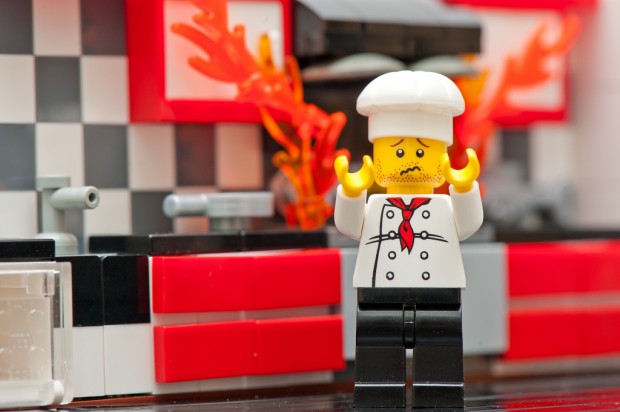Five basic cooking tips to help students save time and money
LIVING overseas can get tough especially when you have to prepare your own meals. Lya Susanto shares five useful cooking tips that will help save students time, money and effort.
Frozen marinated meats

Image: YellowBlissRoad
This is one great tip for the weight-watchers, eat-cleaners or anyone who aim to eat out and overeat less. Buy chicken breast or thighs in family packs, pack the extras into resealable bags with marinade and freeze them. Alternatively, you can also freeze sliced avocados, soak them in lemon juice and freeze them for healthy breakfast choices. The trick works well with fruits too.
Cook rice with your microwave!
Make life easier by using a microwave to cook everything – vegetables and even rice. Yes, rice! Prepare and clean your rice as you normally would (even if this includes using the ancient Asian secret of measuring one inch of your finger for the appropriate amount of water!) and leave your rice to cook in a microwave for 9 – 11 minutes. Note that this time constraint may be different depending on your microwave settings.
Sliced frozen meats
Slicing meat can be made so much easier if you simply freeze your meats before you cook. By doing so, you can get the perfect thin slices of meat you need before preparing a stir-fry or stew.
Preserving herbs

Image: OffTract
Most students may have trouble keeping their herbs fresh for a few days but there are ways you can keep them fresh longer. For parsley and coriander, stand them upright in a glass container or jar with about one or two centimetres of water then cover it over with a plastic bag and secure with an elastic band before storing in the fridge. For other herbs such as basil, chives, mint and thyme, wrap them in a dry paper towel before storing in a sealed plastic bag in the fridge. This is to avoid the leaves turning black and limp.
Getting rid of excess fats

Image: KitchenKonfidence
Stay healthy by spooning out excess fats from stocks, stews, and sauces effortlessly. Skim a few ice cubes wrapped in a paper towel or cheesecloth along the surface of the liquid. Then, as the ice helps to solidify the fat, use a spoon or drag a piece of bread along the surface to remove these fats.



